Leading market players actively invest in research & development to drive innovation and expand their product portfolios. These investments aim to offer advanced milk replacer formulations with enhanced nutritional content tailored to the specific needs of different livestock species. Market participants in the milk replacers industry are undertaking various strategic activities to strengthen their footprint and gain a competitive edge. Key market developments include introducing new and specialized milk replacer products and addressing the demand for sustainable, antibiotic-free solutions.
Additionally, major manufacturers in the milk replacers industry focus on localized production facilities to minimize operational costs and improve supply chain efficiency. Local manufacturing allows companies to offer cost-effective milk replacers to clients while ensuring timely product availability. The milk replacers industry has recently witnessed advancements in nutritional formulations, aligning with precision livestock farming practices and providing significant advantages in optimizing animal health and growth.
Major players in the milk replacers market, including Cargill Inc (US), Archer Daniels Midland Company (US), CHS Inc (US), Land O'lakes Inc (US), Glanbia PLC (Ireland), Lactalis Group (France), VanDrie Group (Netherlands), Royal FrieslandCampina N.V. (Netherlands), Nutreco N.V. (Netherlands), Alltech (US), are attempting to increase market demand by heavily investing in R&D activities.
Cargill Inc is an agribusiness corporation that offers food, financial products, agricultural, industrial, and risk management services. It markets, processes, and distributes grains, oilseeds, sugar, meat, other food goods, and cotton. The organization offers technical assistance, data asset solutions, transportation and logistics, risk management, and marketing services. In addition, the company manufactures and distributes starch and starch sweeteners, as well as fuel ethanol and biodiesel. Cargill sells feed and pet food under various brands, including Provimi, Nutrena, Cargill, Diamond V, EWOS, and Purina. Its operations are spread over the Americas, Europe, the Middle East, Africa, and Asia Pacific.
In 2021, Cargill developed calf milk replacers with 22.5% protein and 20% edible-grade fat to assist the overall health of calves during the critical first few weeks of life.
BIOMIN Holding GmbH, headquartered in Inzersdorf-Getzersdorf, Austria, develops and manufactures feed additives and premixes for livestock animals such as swine, poultry, dairy, beef cattle, and aquaculture. The firm serves customers in over 100 countries throughout the world. BIOMIN launched an animal nutrition joint venture with the Chinese Academy of Agricultural Sciences in 2020. This collaboration was formed to conduct advanced research in mycotoxin detoxification, animal nutrition, and gut performance.
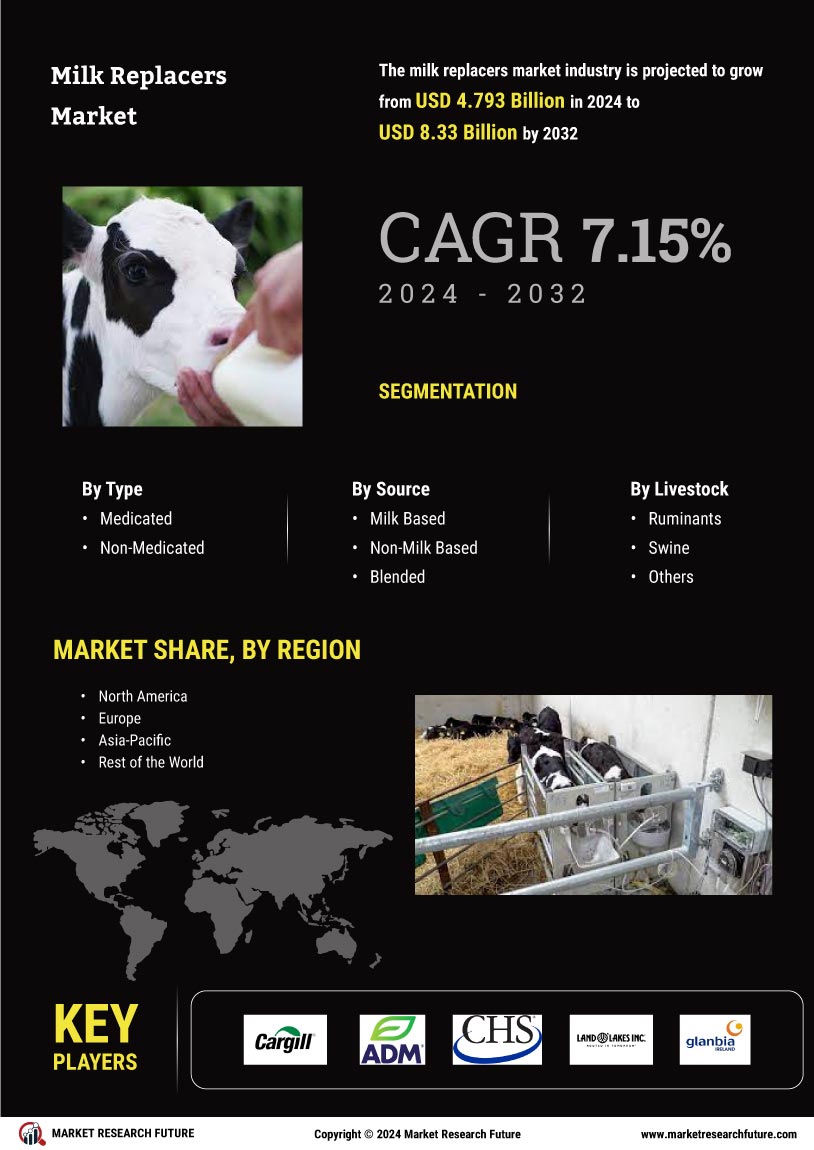

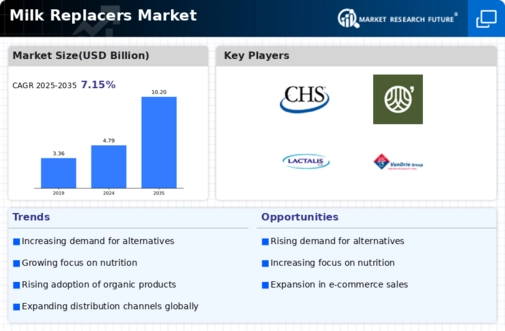

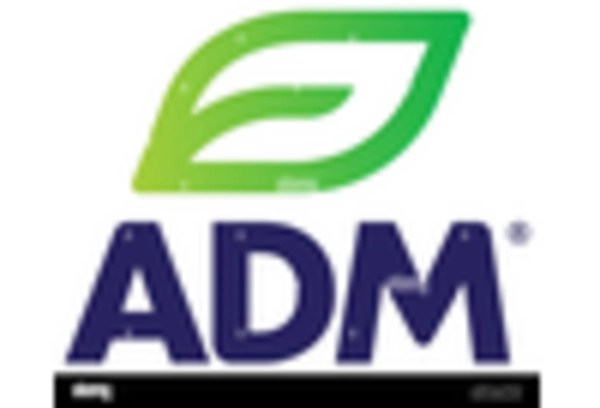

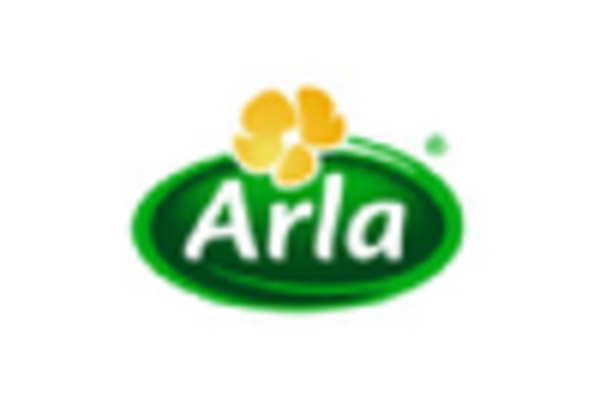

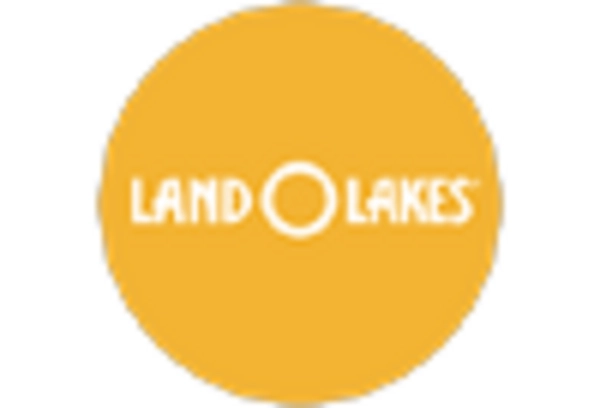









Leave a Comment